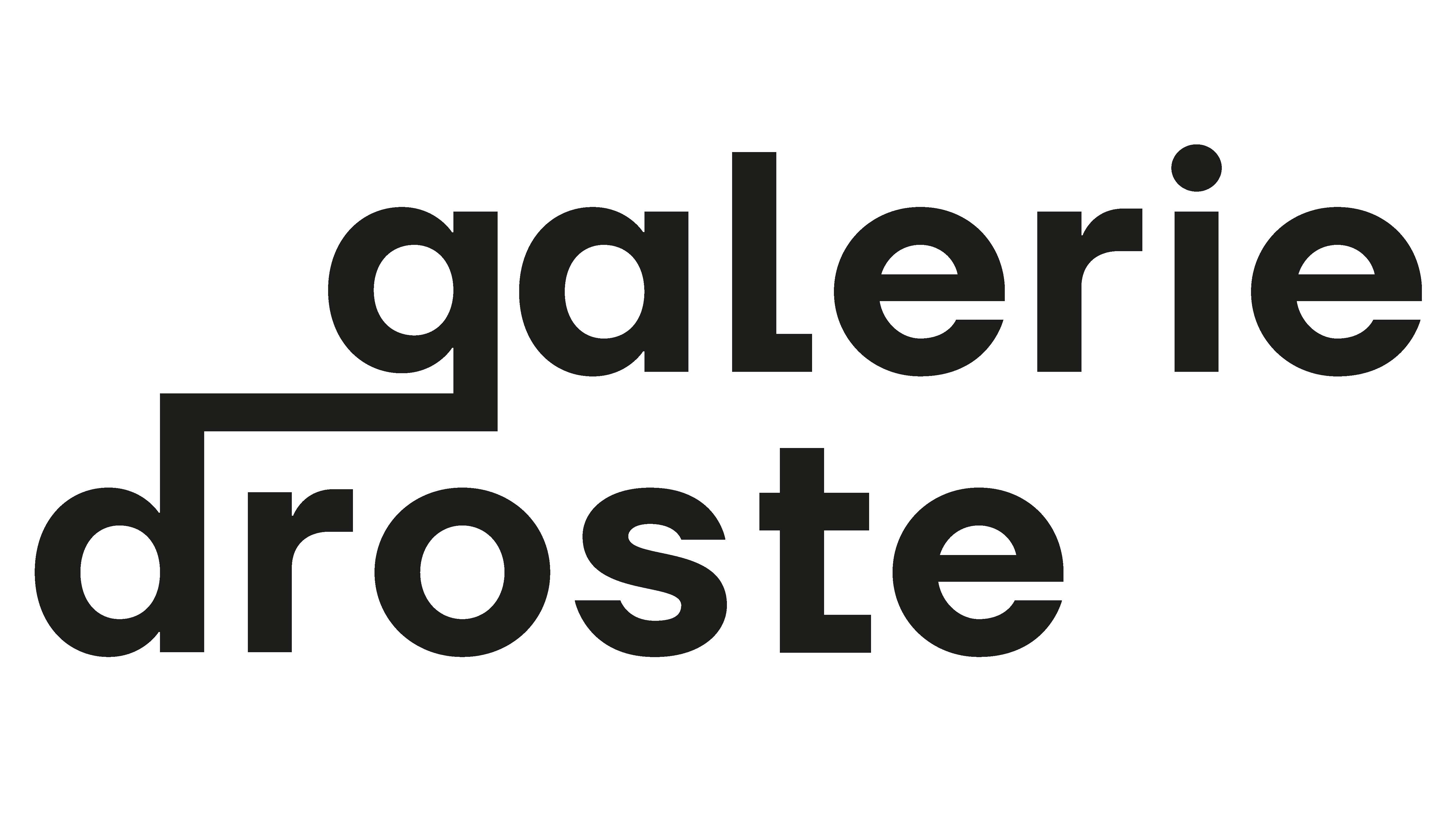GALERIE DROSTE
KATERNBERGER STRAßE 100
42115 WUPPERTAL
Galerie Droste is pleased to announce the duo exhibition of Los Angeles based artists Asad Faulwell and Andrew Schoultz. Schoultz, as a regular artist in the gallery's program, is already known to the gallery's long-time companions, but Asad Faulwell is exhibiting with the gallery for the first time. HOLDING PATTERN, the so-called holding pattern when planes cannot land and have to circle over the airport, is the title chosen by the artists for this first-time juxtaposition of the two different oeuvres. The title not only marks the nervous, frightening socio-political situation in which almost all the world's inhabitants currently find themselves together. It can also be marked as a symbol of the content-related orientations of both artists. Both Schoultz and Faulwell deal with general cultural and political problems and their repetitions within history. Structural distributions of power and the resulting social imbalances are at the forefront.
Andrew Schoultz's canvas works can be read like archaeological excavations, in which new and old knowledge is delivered layer by layer. The works are provided with universally readable allegories, which are superimposed on each other, facing each other and in multiple relationships to each other. Essential for his painterly elaborations are the superimposed, recurring brushstrokes, which lie over the picture carrier like a hypnotizing, shimmering mantra and underpin the painterly and substantive repetition so important to the artist. Schoultz works like a historian, taking up mythological, religious, cultural, political symbols and signs and bringing them together like in an artistic melting pot.His figurative and abstract works deal with the natural cycle of life and the cultural history of the world, which has been constantly renewed since the beginning of mankind and yet remains in a "repetitive loop".
The Iranian American artist Asad Faulwell also works with formal as well as thematic repetitions and symbolic attributions, which, however, differ completely from Schoultz's works in their artistic aesthetics. Inspired by the Pattern and Decoration Movements of the 1970s, Faulwell's large-format works consist of small-scale painted ornaments that overlap the painting's background like a woven carpet or wall ornamentation and stand out three-dimensionally from the picture support with spun threads, needles and sequins. The collage technique is in the tradition of Persian craftsmanship, which for Faulwell is symbolic of his personal connection to his family roots. The central focus of some of his works, however, are monochrome portraits of women whose portraits fade into the background. Les Femmes d'Alger is the striking series of pictures to which Faulwell has devoted himself for almost ten years and which refers to the female fighters of the Algerian underground struggle against the colonial French occupation in the 1950s. In contrast to the well-known art historical models of Delacroix, as well as Picasso, it is not the outdated harem depiction that Faulwell quotes. On the contrary, it is the forced struggle for one's own freedom, the moral disruption and oppression of these women by the adversary and also by the artist's own ranks, which inspired the artist and still moves him today. Faulwell thus gives a voice to women who are usually not mentioned in historiography.


